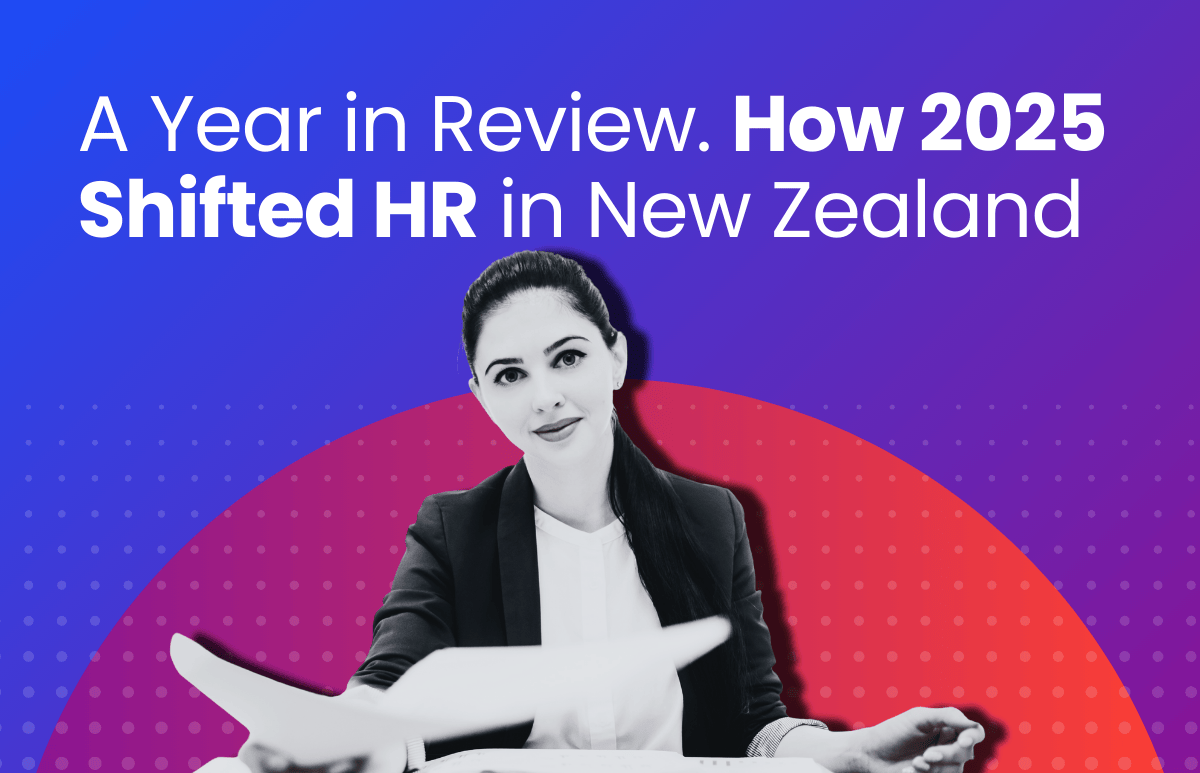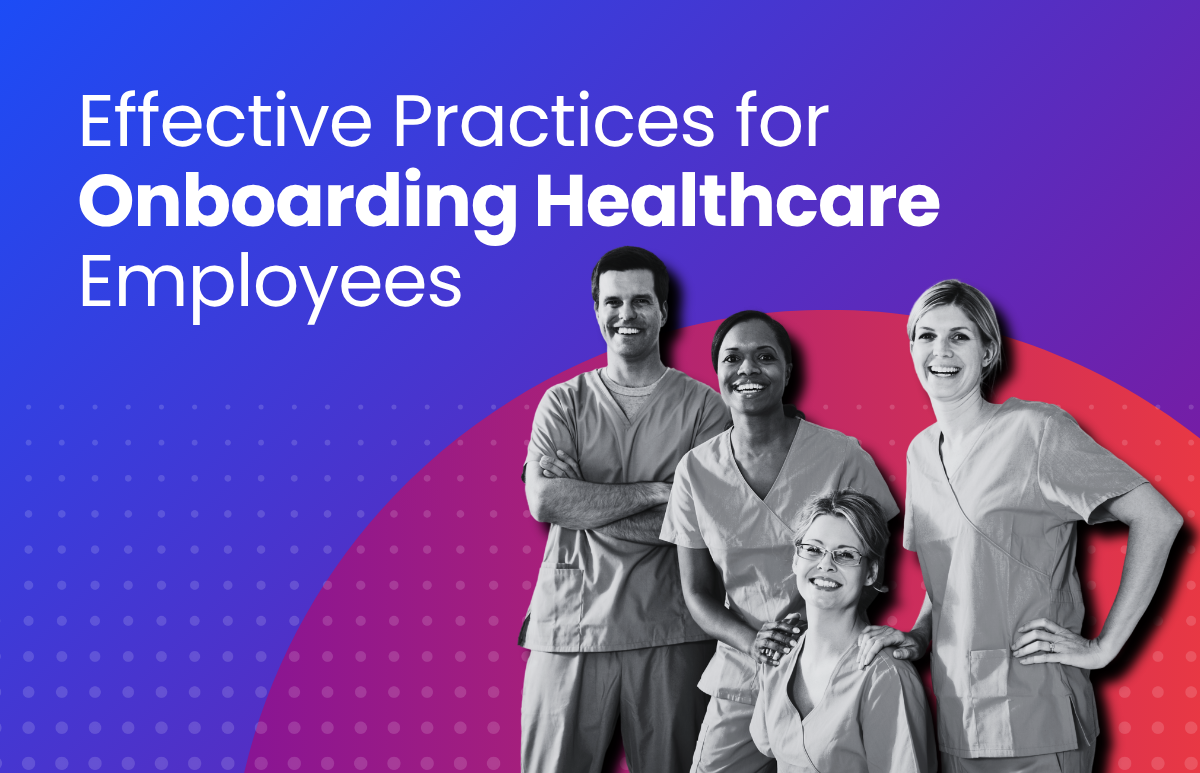HR in rapid-growth companies

You’ve done it. After years of struggle, your business has achieved a level of success that most would be proud of. In fact, business is strong – you’ve had to increase headcount as a result. You’re rapidly approaching the point where it’s no longer feasible for you or your senior colleagues to handle all the HR needs of your business. People are already juggling multiple tasks and burnout is a very real danger. It’s time to think about getting a dedicated human resources professional in.
There is no universal threshold for when the “ideal” time is to create a HR team. Generally, 50 employees is a tipping point. At this point, formal, standardised HR processes are required to avoid the risks associated with random hiring, ad-hoc retention strategies and non-existent training – not to mention the chaos and paperwork that hiring and onboarding many new people brings.
To move forward with the next phase of growth, a HR professional is required to build an internal HR operation that supports the upwards trajectory of your business. By the time you reach 150-200 employees, it’s likely that the one experienced HR professional has expanded to a small team of professionals.
Regardless of how many people are in the HR team, rapid-growth organisations face unique people-related challenges. Here are some of the most commonly cited – with tips on how to overcome them.
Challenge #1: Staying on top of admin
In a rapidly growing organisation, arguably the most critical top priority is getting the basics right – without those foundations it’s difficult to do much else.
Every new hire generates a mountain of paperwork. From the job requisition process through to onboarding (with its compliance-related documents relating to tax, banking and superannuation), the administrative tasks drain valuable time and resources from already overstretched managers and HR professionals. When you’re hiring several people each and every week (as can happen in start-ups), it can be overwhelming. And unfortunately, the admin doesn’t stop there. Keeping track of holidays, inputting timesheet information, paying people correctly, managing performance and learning…the list is endless.
To this point, it’s you’ve likely managed the admin burden with multiple spreadsheets, requiring manual inputs. This heightens the risk of human errors and makes reporting a challenge. It can literally take days to pull together the most basic people-related management information. It’s time to consider what cloud-based HR technology can do for your business. From streamlining workflows to automating tasks and providing self-service tools for managers and staff, an investment into HR software will produce significant benefits for your organisation.
Challenge #2: Remaining compliant
Linked to challenge #1, the potential to overlook vital compliance-related obligations is magnified in a rapidly growing organisation. Workplace regulations are notoriously complicated. Just looking at payroll, for example, there are over 100 obligations that employers in Australia and New Zealand have to authorities such as the Australian Taxation Office (Inland Revenue Department in NZ), WorkCover (Accident Compensation Corporation in NZ), not to mention superannuation (SuperStream and KiwiSaver) and new obligations covering Single Touch Payroll in Australia and Payday reporting in NZ. Technology is the only way to stay on top of all payroll-related compliance.
In terms of training, there’s also an obligation for employers to ensure workers are given regular updates on areas like workplace health & safety, bullying and harassment, privacy, and so on. Each industry has their own unique obligation. Financial Services and Healthcare are two of the most onerous in this regard – and keeping track of whether employees have completed training via spreadsheets is time-consuming.
Again, technology can assist. ELMO Learning Management, for example, can provide reminders to those who must undertake compliance training, while managers can run reports to track progress. When linked to ELMO Course Library with access to over 400 eLearning courses, including compliance-related courses, the risk of workers missing out on vital training is diminished.
Challenge #3: Finding talent
Let’s face it, you will not be able to turbo-charge or maintain growth without having the right people onboard. Yet finding the right talent in what can be a skills-tight market can be a major stumbling block. In a talent market that favours candidates over employers, which in turn means that employees are more willing to jump ship to competitors, it’s up to your organisation to somehow stand out from the crowd. Candidates will be looking to your existing employees (not to mention online review sites) to judge whether they’ll bother applying to work in a smaller “unknown” organisation.
The key is to ensure you’re putting your best foot forward with a positive candidate experience. It needs to be streamlined and fast, with excellent communication with those who apply, and consistent steps and processes for all roles. If you know you’ll be hiring again in the near future, it also pays to keep track of former applicants who were not successful by creating talent pools. The creation of internal and external talent pools is just one feature of ELMO Recruitment that helps employers access talent quickly, while providing a positive experience to candidates.
Challenge #4: Retaining culture
Culture is often described as “the way things are done around here”. It’s an often intangible yet vitally important part of what makes an organisation special. Culture can be a major selling point when you’re hunting for talent, and it can be the glue that makes people stick with you. However, what happens when you’re shifting from an entity that resembles (or is) a start-up, into something bigger?
While the people, processes and scope of operations may change, hopefully some things remain the same – namely, your values. The values are critical parts of a culture – there’s a reason why they are sometimes referred to as an organisation’s “northern star”, a constant in an ever-changing world. While culture is fluid, the values, combined with a mission that everyone can relate to, should ensure the culture doesn’t veer too far into unchartered waters.
Another fundamental culture-related change that occurs in rapid-growth companies is the role of leaders. Where they may have previously been involved in every aspect of running the business, including hiring and managing staff, over time this becomes less viable. They need to accept that HR has a role to do and give them the freedom to do it. By acting as mentors and providing the vision that everyone is working towards, hopefully a little of their entrepreneurial spirit will be reflected in everyone who joins the organisation.
If you’re keen to ensure your end-to-end HR service delivery remains first-class as your organisation grows, find out how ELMO Cloud HR & Payroll solutions can assist. Contact us or use our online ROI calculators to determine the time, resource and financial savings possible by implementing ELMO solutions.
 HR Core
HR Core 









